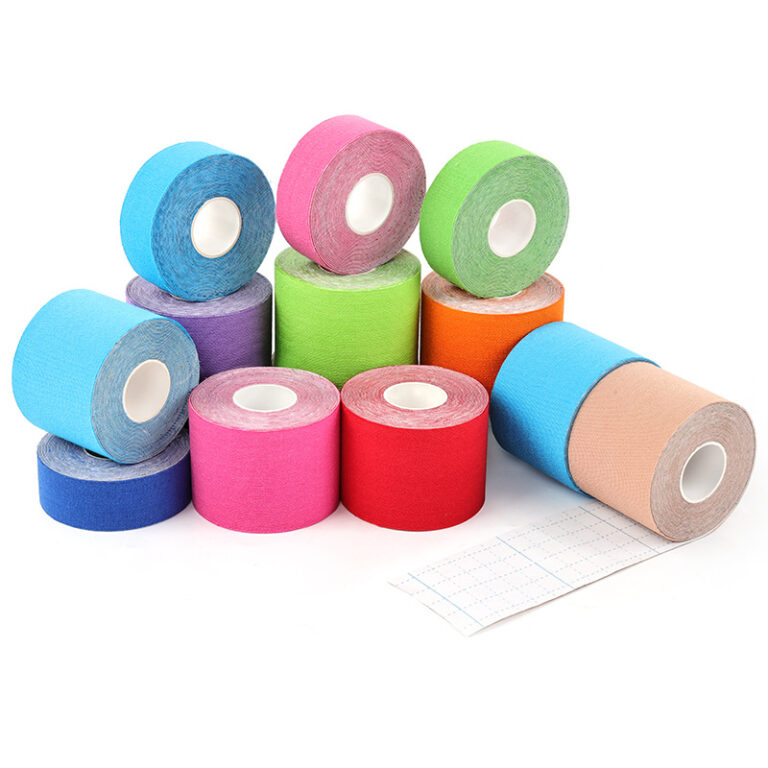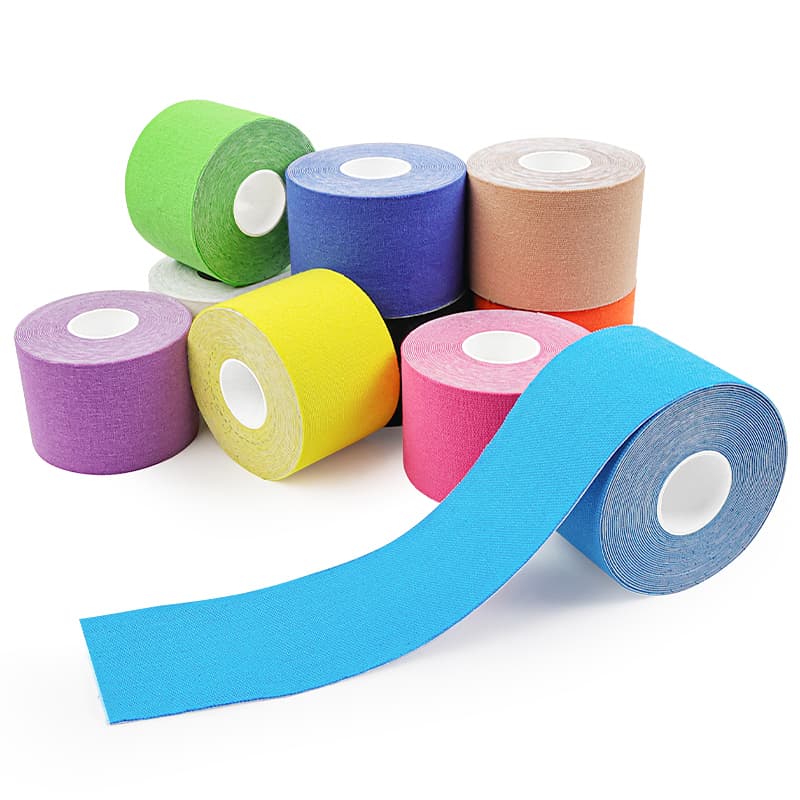One of the best ways to relieve minor aches and pains is by wrapping yourself with a strip of stretchy bandage. Elastic bandage wrap can provide support, comfort, and relief from pain for people in a variety of ways. There are many uses for elastic bandage wrap around the home and everyday life.
What are the different types of bandage wrap?
There are a few different types of bandage wrap, each with its own advantages and disadvantages.
The most common type of bandage wrap is elastic bandage wrap.
This type of bandage is made out of elastic material and is often used to wrap around the body to help support injured muscles or bones.
Elastic bandage wraps have several advantages over other types of bandages.
They are easy to apply and remove, they don’t require tape or glue, and they don’t leave a sticky residue behind. They can also be worn Multiple Times without causing any irritation or discomfort.
One downside to bandage wraps is that they can be difficult to adjust if you need to get them tight around the body. They also tend to stretch over time, which may cause them to become loose or fall off during activity.
Another type of bandage wrap is compression bandages. These bands are made from cloth and are typically used to support sprains, bruises, and swelling.
Compression bandages are less likely than elastic bandages to slip off during activity and they provide more consistent pressure across the wound.
compression bandages come in various sizes and shapes, so they are generally easier to apply than

The functions of elastic bandage wrap
Elastic bandage wrap is a type of bandage that is often used to wrap around the home. It has a wide variety of functions, including healing, support, and protection.
bandage wrap is typically used to heal wounds, support broken bones, and protect areas from injury. It can be used to help with a variety of tasks, including wrapping around the waist after childbirth, holding a fracture together, and protecting a wound during surgery.
bandage wrap is made out of medical-grade elastic bands that are tightly bound together. This makes it strong and resistant to tearing. The bands are also easy to remove if needed.
bandage wrap is a versatile tool that can be used in many different ways. It is an excellent option for people who want to keep their home safe and protected from injury.
How to use elastic bandage wrap
bandage wrap is a great way to protect your home from damage caused by weather conditions and accidents. Here are four steps to using elastic bandage wrap:
- Measure the area you want to cover. This will help you determine the size of the elastic bandage wrap that you will need.
- Cut the elastic bandage wrap to size with scissors.
- Place the elastic bandage wrap around the object or area that you want to protect. Make sure that it is tight enough so that it does not move or come off during heavy winds or rain.
- Tie the elastic bandage wrap in a knot at the end to secure it in place.
What are some typical uses for elastic bandage wrap?
bandage wrap is a great way to use it around the home to help prevent injuries. Here are some typical uses for elastic bandage wrap:
-Wrap around the hand to prevent cuts
-Wrap around the ankle to prevent sprains
-Wrap around the neck to prevent falls

Tips for using elastic bandage wraps at home and on the go
If you are ever in a situation where you need to use an elastic bandage wrap, there are a few tips that will make the process easier.
First, be sure to have all of the materials you will need before you begin. This includes the bandage wrap, an adhesive, and water. You will also need to have some patience – it can take a little time for the adhesive to dry.
Once you have all of the materials ready, follow these steps:
1) Cut the bandage wrap into desired length. Make sure to leave enough excess fabric so that you can overlap the ends. This will help prevent fraying while in use.
2) Apply adhesive to one end of the elastic bandage wrap. Be sure to cover both ends of the wrap completely.
3) Wrap the bandage around your injured area as tightly as possible. Be sure not to stretch or pull on the knot while wrapping. If necessary, use water to help keep the adhesive wet during application.
4) Once wrapped, make sure that the adhesive is properly adhered by pulling on both ends of the elastic bandage wrap. If needed, repeat Step 3 if necessary.



